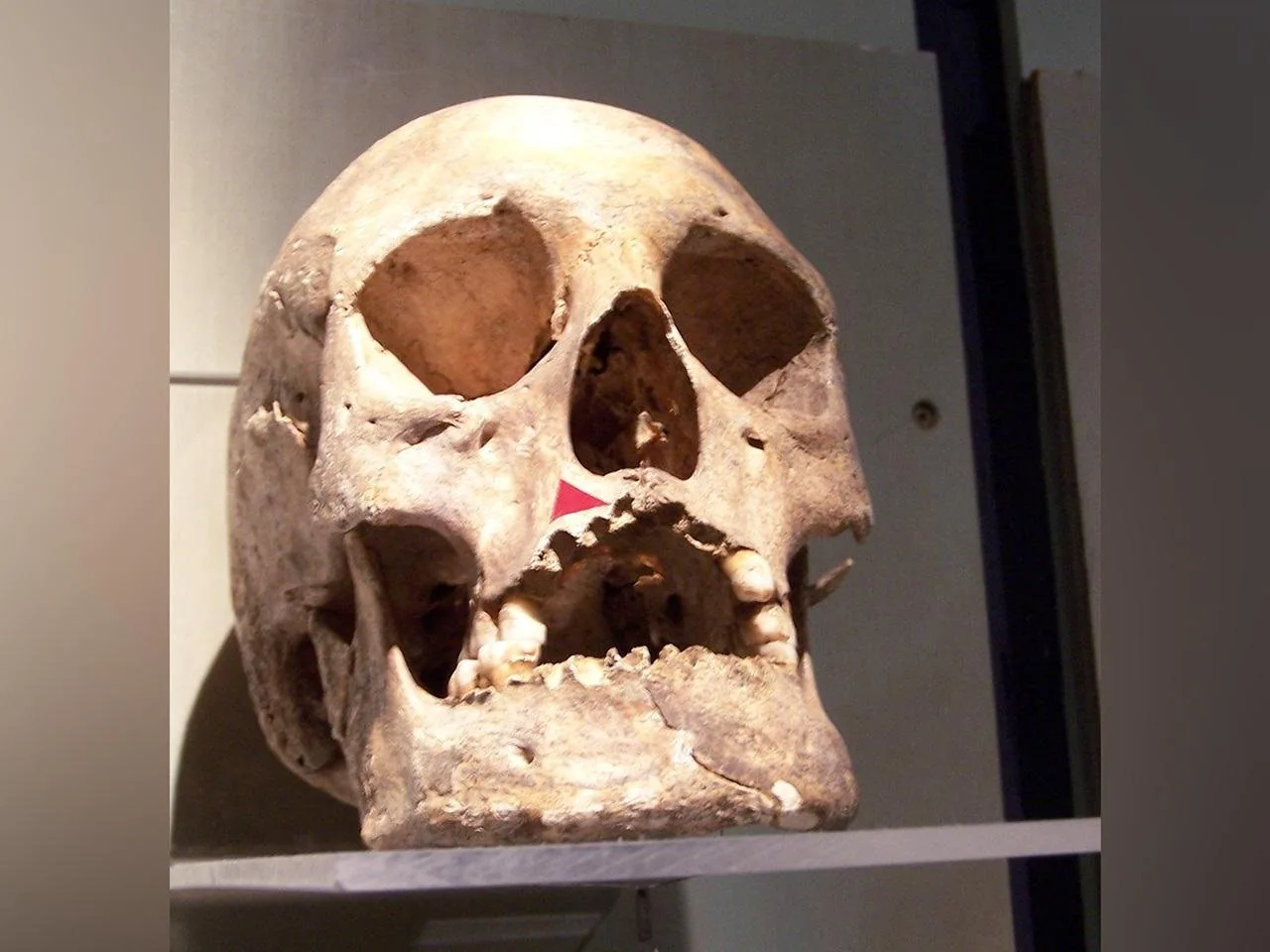Ancient Leprosy Found in the Americas: A 4,000-Year-Old Mystery
A groundbreaking discovery in Chile has rewritten the history of leprosy in the Americas. Ancient genomes of M. lepromatosis, the bacteria that causes leprosy, have been unearthed, revealing that the disease existed on the continent thousands of years before European contact. This finding challenges previous assumptions about how and when leprosy arrived in the New World.
Unearthing the Past: Ancient Genomes Tell a Story
Researchers have been able to analyze ancient DNA extracted from skeletal remains in Chile. The analysis showed the presence of M. lepromatosis, a leprosy-causing bacteria. These remains date back approximately 4,000 years, pushing back the known timeline of leprosy in the Americas significantly.
Key Findings:
- Leprosy was present in the Americas far earlier than previously thought.
- The presence of M. lepromatosis suggests a different origin or transmission route than previously assumed.
- Ancient DNA analysis provides valuable insights into the history and evolution of diseases.
Challenging Historical Assumptions
For a long time, it was believed that leprosy was introduced to the Americas by European colonizers. This new evidence suggests that the disease either originated in the Americas independently or arrived through a different, earlier migration or contact. The discovery raises important questions about the pre-Columbian history of the disease and its potential impact on indigenous populations.
Implications for Understanding Leprosy
Understanding the ancient history of leprosy can provide valuable insights into the disease’s evolution, transmission, and potential treatments. By studying ancient strains of the bacteria, researchers can learn more about its genetic diversity and how it has adapted over time. This information could contribute to the development of new strategies for preventing and treating leprosy in the present day.
Final Words: A New Chapter in Leprosy History
The discovery of ancient leprosy in the Americas is a significant breakthrough that changes our understanding of the disease’s history. It highlights the importance of ancient DNA research in uncovering the secrets of the past and informing our understanding of present-day health challenges. As research continues, we can expect to learn even more about the origins and evolution of this ancient disease.




+ There are no comments
Add yours